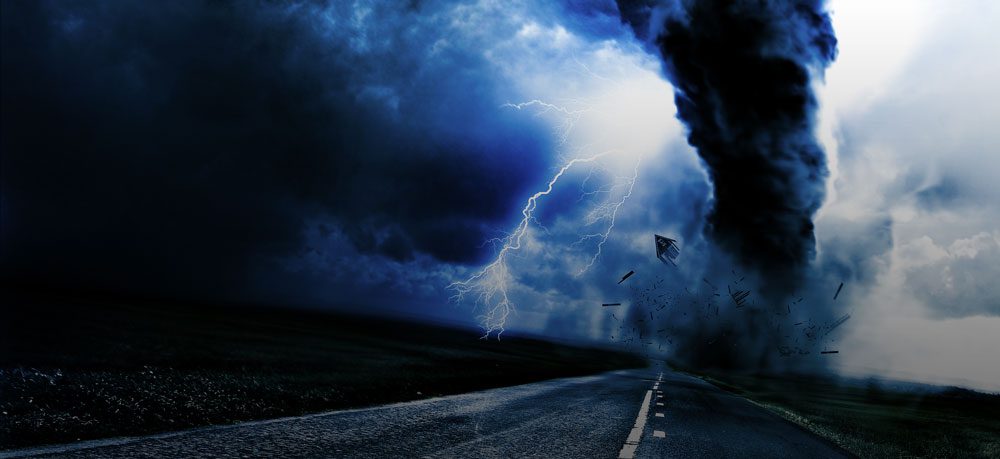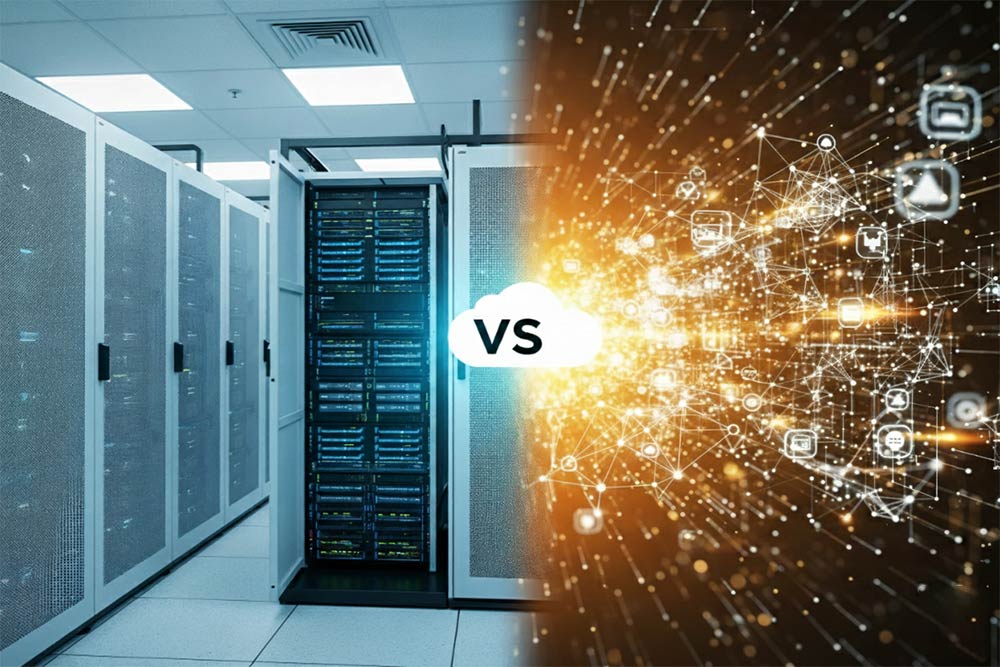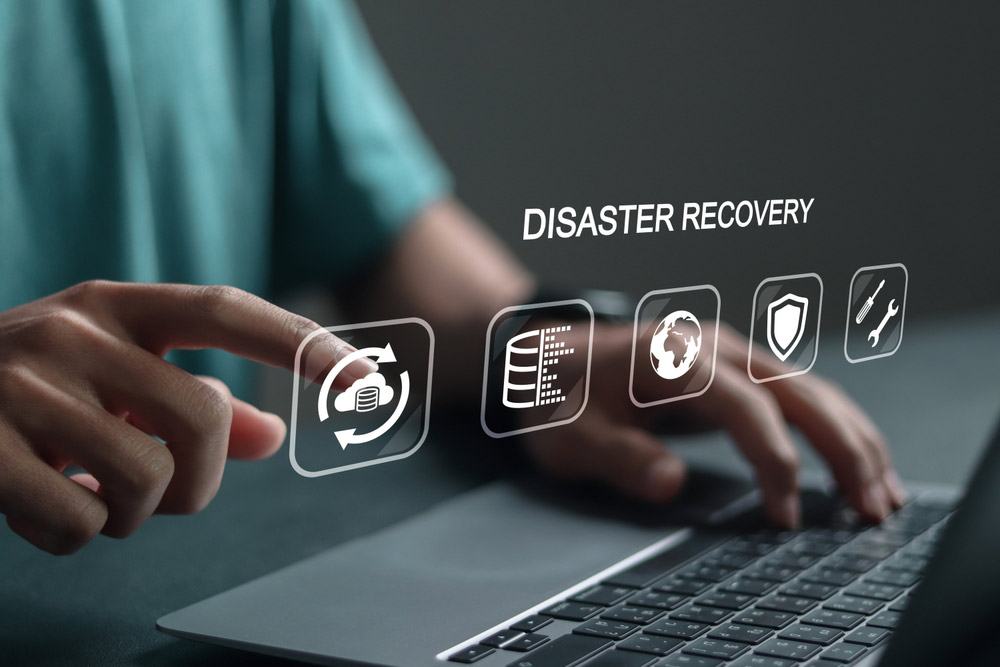It can be tempting to live with the belief that a disastrous event happening to our business is highly unlikely. Always being prepared for the worst can seem like a waste of energy. Nonetheless, unfortunate events do happen, and when they do, it can have devastating effects if the company is not adequately prepared. Business continuity and disaster recovery are two protocols that come into action when an unforeseen catastrophic event takes place. Having those plans prepared can absorb the shock of a catastrophe hitting the business, ensuring that your business keeps running even in highly unfavorable conditions.
The two have similarities and overlaps, but they play quite different roles when an event takes place. Understanding the differences between business continuity services and disaster recovery can be crucial to having an efficient plan that can help mitigate the devastating effects of a disaster. This blog is going to explain those key distinctions.
Why planning ahead is crucial
The results of facing an unforeseen event unprepared can be downright catastrophic. The most significant consequence is, of course, major financial loss and inability to continue. Even in less severe cases, a disastrous event can force a company to lay off employees and face the consequences of data loss. However, business continuity and disaster recovery plans can decrease the impact of catastrophic events to a minimum. Knowing what to do in an emergency can ensure a smoother recovery process. Having plans put in place also assures peace of mind for employees. Knowing how to react and what to do can simplify things and lessen the stress of insecurity under challenging times.
Backing up does not equal a disaster recovery plan
Sometimes, organization leaders fail to recognize that backing up does not replace a disaster recovery solution, and it definitely isn’t enough to ensure business continuity. While data backup is a critical part of any organization’s safety, it is not enough to work as a safety belt in case of a disaster. A detailed disaster recovery plan is essential for business continuity, but this consists of much more than backing up data. After a disastrous event, companies can have legal liabilities as well. They have to prove that they did everything to minimize damage and ensure the protection of the employees, customers, and stakeholders in order to avoid penalties.
How are business continuity and disaster recovery interconnected?
The two terms used to be interchangeable, but business continuity vs disaster recovery cover different sets of actions. As things got more complex, a need to define the two more precisely emerged. Of course, the two overlap in many areas and are two interdependent policies for ensuring that a business continues to stay in business. Some companies have the two combined in a policy called BCDR, emphasizing the need for good communication and collaboration between teams in case of an incident. Both business continuity and disaster recovery are essential strategies for solving a situation. Running synchronized, those plans can ensure that no one has to improvise a response in case of a disaster. With every instruction specified, there’s less stress and panic. Consequently, issues dissipate faster and more efficiently.
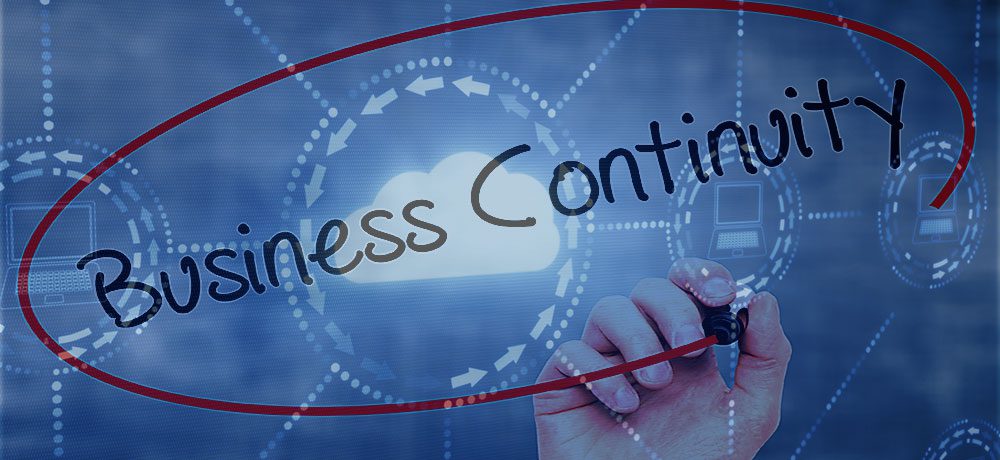
What is business continuity planning, and what does it involve?
A business continuity plan dictates the ways in which a company continues its operations in case of a disaster. It describes how a business and its employees should continue functioning in case of a critical problem. A business continuity plan ensures that in case of an unforeseen event when work circumstances change, all employees know what to do, and adapt quickly to the new situation. The plan has to include measures for ensuring the safety of employees. It has to break down the steps for securing essential equipment and assets and ensuring functioning in case of an unforeseen event.
While a disaster recovery plan deals more with technical solutions and getting servers back up, business continuity planning specifies how to proceed with everything while technical issues are being solved. The types of scenarios can be very different. For this reason, the business continuity plan has to include separate plans for the most common types of disasters, which are real, anticipated threats in the specific zone.
The most common types of disruptions included in a business continuity plan are the following:
- Cybercrime and security breaches (ransomware attacks, DDoS attacks, phishing, APT attacks)
- Natural disasters (fires, floods, hurricanes, earthquakes)
- Fires or floods in the data centers
- Theft and vandalism
- Power outages
- Terrorist attacks
- Application failure
- Communication failure
- Building disaster
- Pandemics and infectious outbreaks
- Fraud
- Equipment or software failures
- Data corruption
The main objective of a business continuity plan is to minimize downtime and the costs and inconveniences related to it. A disaster can cost as much as $9000/minute for a company. It can easily destroy smaller businesses by making it impossible for them to get back on their feet.
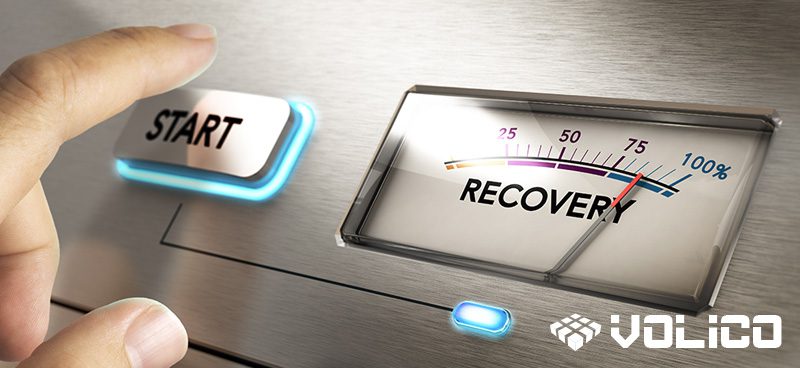
What is a Disaster Recovery Plan, and how does it work?
A DRP, or disaster recovery plan, is a strategy prepared in advance for the eventuality of an unforeseen disaster taking place. The DRP outlines the necessary steps to recover at least minimum system functionality after such a disastrous event. The DRP typically consists of strategies for maintaining data integrity, recuperating servers, and analyzing the business’s most crucial processes, which determine the hierarchy of steps for recovery. Disaster recovery is a subdivision of business continuity planning and comprises three fundamental points:
Preparation
This part is about how well-prepared a company is for an IT disaster. Disaster recovery planning has to lay down the basis of how a company will react in case of a disaster and plan the steps to follow. An efficient disaster recovery strategy must start with determining the most crucial elements to getting the organization back running. Two objectives help to determine those. The RTO or Recovery Time Objective determines how much downtime is acceptable for the most important applications. On the other hand, the RPO, or Recovery Point Objective, measures the extent of data loss the organization can bear without collapsing. The more critical the system is, the lower both of those objectives should be.
Reaction
This section determines what a company’s response to a disaster will be and how they are planning to restore data and system availability. The number of scenarios can be many since the types of disasters can be various as well. A crisis can happen because of a large number of things. Those have one thing in common, and that is that they are unforeseen. But unlike winning the lottery, those events can cause the collapse of a business if it catches the company unprepared.
Recovery
This part clarifies the steps a company takes to recover from a disaster and restore all IT activities to their previous state. In order to ensure a fast recovery, the disaster recovery plan has to have a clear step-by-step guide for getting things back to normal. An IT disaster recovery plan typically has arrangements for covering critical systems and networks. Staff members have appointed responsibilities for the disaster recovery plan. In cases of emergency, employees from different departments have to help out with urgent tasks as well. A disaster recovery plan typically has the following things on schedule:
- Restoring critical systems and networks
- The responsible staff members and their role in restoring the systems and networks
- RTO and RPO specifications
- All the steps to get systems and networks up and running
- Plans for other possible emergency actions required
Key differences between disaster recovery and business continuity planning
Taking a closer look at business continuity vs disaster recovery planning reveals how interdependent the two are and how these two form a pair. In this dynamic, each part has something that complements the other, and those will make up the set of key differences between the two. In a nutshell, disaster recovery deals only with solving technology damages and restoring IT systems and infrastructures. However, the devil is in the details.
Keeping things going vs recovering technology
The main focus of business continuity is on the modalities of keeping a company running when an unfortunate event occurs. This means that there is a plan for all the fundamental functions that keep the business on its feet. All critical areas, like evacuation, staff, supplies, and logistics plans have to be included. The main priority is to have roles for everyone and to keep things going in case a problem occurs.
Meanwhile, the main priority of the disaster recovery team is to minimize the consequences of equipment damage or system issues and get the systems operational as soon as possible. The disaster recovery plan targets only IT systems and data recovery.
Start and finish
A business continuity plan starts to take effect as soon as the responsible employees learn about the problem. The special situation ends only when the business has returned to normal, and all operations have recoiled to the pre-incident state.
On the disaster recovery side, the plan theoretically launches after the business continuity responsible learns about the incident and starts implementing the first steps of the plan. When the systems are operational again, and the IT infrastructure is restored to normal, the disaster recovery protocol ends.
Areas of focus
When it comes to responsibilities like inventory, business continuity has to focus on all the essential assets, including staff, vehicles, and buildings. When doing risk analysis, a business continuity plan has to take into consideration all potential threats that could impact the functioning of the company. In the meantime, disaster recovery has to focus on data safety, business data storage, and all IT assets while addressing only risk factors that could affect the IT infrastructure and services.
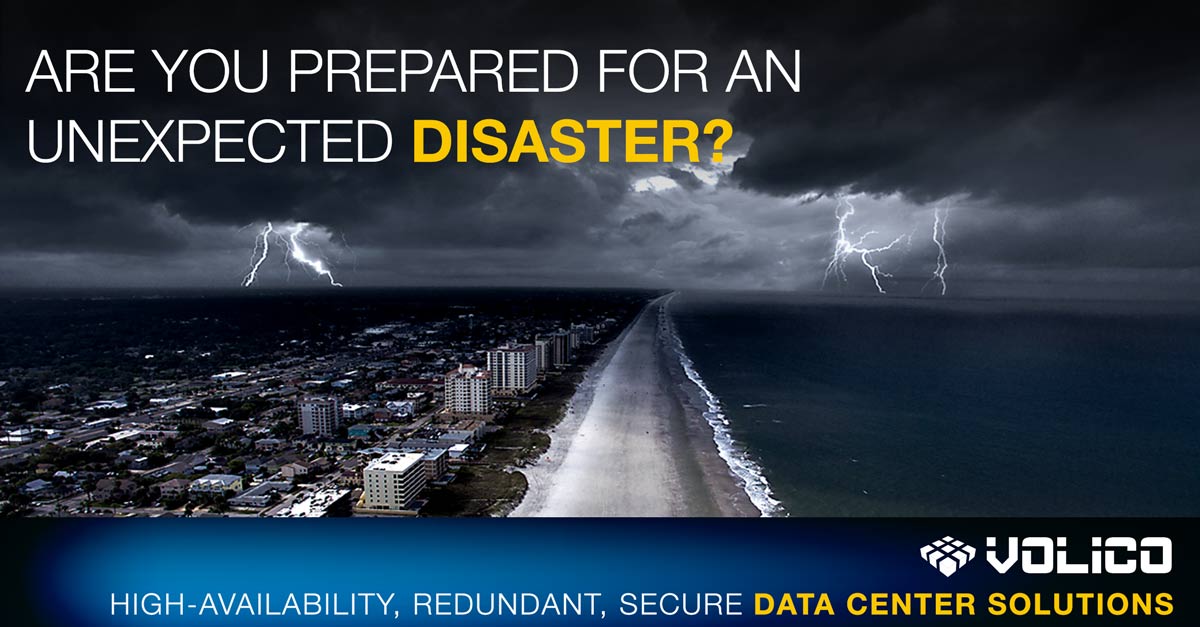
Business continuity and disaster recovery as a service
Many businesses are forced to close down each year due to a disaster, many of which can never open their doors again. Although there is no method of lowering the risk of a natural disaster, there certainly are important measures that can be followed to protect the company in the event of a disaster. One of the primary keys to recovery is disaster recovery hosting services.
Industry-compliant disaster recovery hosting services can play an integral role in protecting companies. Finding one that offers the necessary features is important to companies, large or small.
Services offered by Volico Data Centers
Our services at Volico Data Centers can help you with business continuity planning, allowing your company to operate seamlessly when your environment is affected. This can involve rerouting services to different locations if a natural disaster occurs. It can include establishing redundant systems that can be activated if there are hardware problems.
The most common effects of a disaster include data loss. Data security and backup are crucial to the functioning of any business. Our reliable business backup solutions ensure every file is saved and secured in an efficient and accessible manner.
Volico Data Center’s Enterprise backup solution offers all of the aforementioned services with the addition of a dedicated service representative who will help to manage the data and provide information on demand. This is a critical addition to any disaster recovery platform as it allows clients to quickly find the information they need at any given time.
Ready to See How Volico Can Help You?
Got questions? Do you want to talk specifics? That’s what we’re here for.
Have one of our friendly experts contact you to begin the conversation. Discover how Volico can help you with your disaster recovery needs.
• Call: (305) 735-8098
• Chat with a member of our team to discuss which solution best fits your needs.

